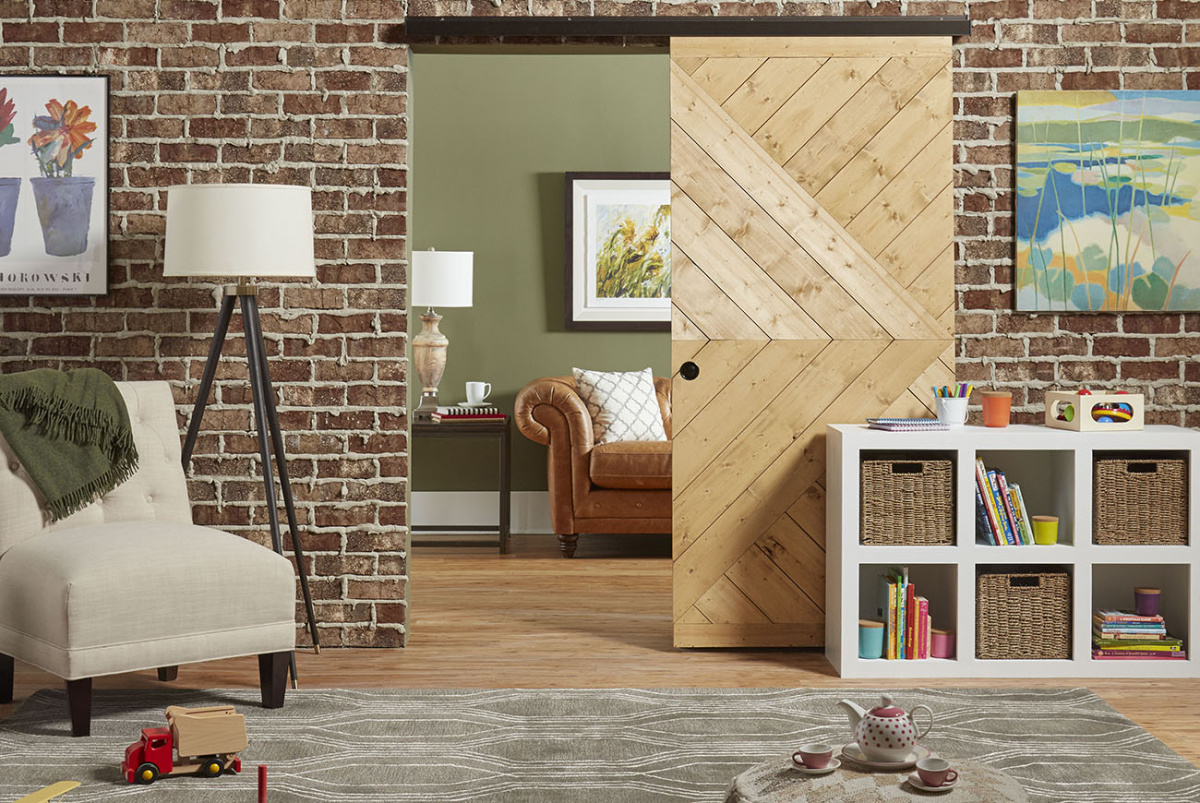
© MARCUS KAUFFMAN – OREGON DEPT. OF FORESTRY
What Greener Homes Are Made Of
Tune in to the materials and practices fueling resilient, eco-friendly construction.
“Being green” has become more than a catchphrase. It’s a filter through which some people, including real estate buyers, are making life choices.
As consumer interest grows in the benefits of eco-friendly, resilient commercial and residential properties, REALTORS® are getting the message. In the 2020 REALTORS® & Sustainability Report, 70% of residential agents and 74% of commercial practitioners found that promoting energy efficiency in their listings was somewhat or very valuable. Almost 60% of commercial pros said they are comfortable answering questions from clients about building performance.
In addition to finding properties that meet clients’ wants, savvy real estate pros are paying attention to construction practices and materials that are being used for sustainability features in both new and older structures.
Which green building practices should you showcase? Which cutting-edge and resilient materials are most popular now? And what’s the potential return on investment? As you share information with clients, consider three factors: location, consumer priorities, and building trends.
Know Your Area
While some things—like low-VOC paint and energy-efficient lighting—are important no matter where one is located, other aspects of green building are more location-specific. Considerations differ for building in, say, Alaska versus Alabama.
As an example, the majority of homes in Tennessee have below-ground crawl spaces rather than full basements, notes Alan Looney, president of Castle Homes in Brentwood, Tenn. They can be damp and musty despite vents to the outdoors.
To prevent moisture and increase efficiency, Looney says, owners should seal crawl spaces and floors and then place foam around the foundation. Likewise, it’s useful to bolster the insulation in attics. “By foaming the roof deck and having your mechanical systems in an air-conditioned space, the system doesn’t have to work as hard to cool the entire house,” Looney notes. The bottom line: When you’re serving green clients, you need expertise on the housing stock, as well as the green practices and materials, common in your area.
Priority Setting
Providing a cost-benefit analysis can help determine the payoff for homeowners keen on adapting efficient systems. Looney notes that while underground rain harvesting, geothermal, and solar systems are all options, it can take years to see a return on investment. For instance, a recent geothermal project cost approximately $85,000, Looney explains, whereas a standard air-source HVAC system would have been closer to $45,000. The EPA estimates that homeowners save 30% to 70% on heating bills and 20% to 50% on cooling costs by choosing geothermal over conventional systems. With a 30% tax rebate (a federal incentive that drops to 26% in 2020 and 22% in 2021), the system will take an estimated 12 years to see a financial benefit.
With so many environmental considerations, how do you help clients sort through competing priorities? Kate Stephenson, a partner at Helm Construction Solutions in Montpelier, Vt., believes the top concern for both residential and commercial clients should be air quality. Why? It affects all aspects of life, from the quality of sleep one gets at home to an employee’s ability to concentrate at work, says Stephenson, whose company focuses on sustainable project management.
Air quality issues should be addressed when older buildings are retrofitted. “As air leakage is reduced to save energy and improve comfort, adding mechanical ventilation brings in fresh air,” Stephenson says. These systems are most important in kitchens and bathrooms, where air can be stale or moist.
Castle Homes targets another overlooked part of homes for air cleaning: closets. Installing exhaust fans in closets clears the air of chemicals used by dry cleaners.
Eyes on Mass Timber
An up-and-coming construction material with potential to reduce the industry’s carbon footprint is known as mass timber. This category of engineered wood is gaining attention in the U.S. for its resiliency and efficiency—so far, mostly for large-scale construction projects. Mass timber products consist of fibers, shavings, and other thin layers of wood bound together using resin or industrial glues to make large slabs that fit together easily. The layering process makes an engineered wood stronger than traditional wood, as well as fire- and earthquake-resistant.
Though mass timber, also known as cross-laminated timber, was introduced in Europe in the 1990s, the U.S. construction industry is still learning about it. Projects using the material are moving forward, especially in the multifamily sector, but building code and supply issues remain impediments to major expansion. At the start of 2020, the U.S. had 784 mass timber multifamily, commercial, or institutional projects constructed or in design, according to the Wood Products Council.
Industry observers say as familiarity increases and materials become more available, mass timber has the potential to replace masonry, concrete, and even steel as a go-to material for flooring, walls, or entire buildings. It’s also cost-effective, as large prefabricated panels can be assembled quickly at a building site. Akin to giant Lego pieces, the panels are constructed to fit the precise dimensions needed for a project.
“We had to find a way to build smarter with science and innovation to create engineered wood products,” says Scott McIntyre, North American business director for performance materials manufacturer Hexion. The company creates resins for engineered wood products that are environmentally responsible and thermally stable. “In building and construction, we manufacture resins that allow you to use a solid tree,” notes Sydney Lindquist, sustainability leader at Hexion. “Prior to engineered wood products, only about 60% of the tree was used and the rest would be waste.”
A common environmental question around mass timber is whether forests are being cleared to produce it. Lindquist says that’s not an issue. “Sustainably harvested wood is grown very quickly. It’s not a well-known fact that sustainable forestry helps increase new growth,” she says.










